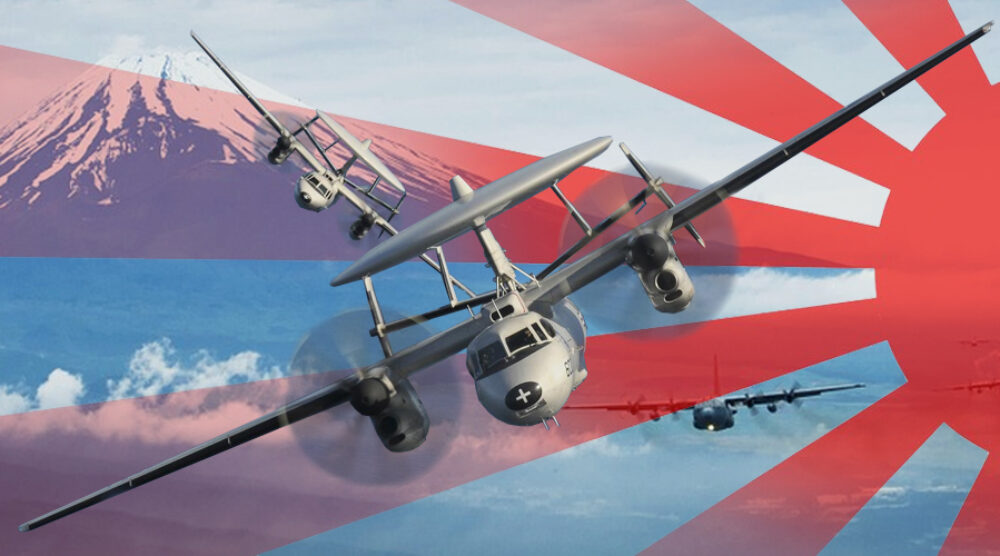The Japanese Air Self Defence Force (JASDF) lives in a tough neighbourhood. In the south, China is trying to gain control of the Senkaku Islands using gray zone tactics, flying long-range bombers, sailing aircraft carriers and pushing fighters close to Japan’s main islands. In the west, a bellicose North Korea has deployed several hundred Nodong missiles capable of reaching almost anywhere across Japan and is further developing nuclear weapon capabilities. In the north, Russia recently deployed Bastion anti-ship missiles and Su-35 fighters to the disputed adjacent Northern Territories. Russia now flies hundreds of mission annually that penetrate Japan’s Air Defence Identification Zone (ADIZ).
Japan’s strategic guidance reflects this challenging setting. The country’s national defence objectives are to create a favourable security environment, deter threats by making it difficult for any attack to reach Japanese territory and implying serious consequences would follow such an attack, and lastly to minimize the damage any attack might cause. These objectives apply to the ‘big war’ case of an attack on the Japanese home islands but also to any attempted small, uninhabited island seizures – like China capturing the Senkakus.
Please click here to read the full “New Japanese Air Force emerges” article at Defence Today, written by Griffith Asia Institute Visiting Fellow, Dr Peter Layton.








